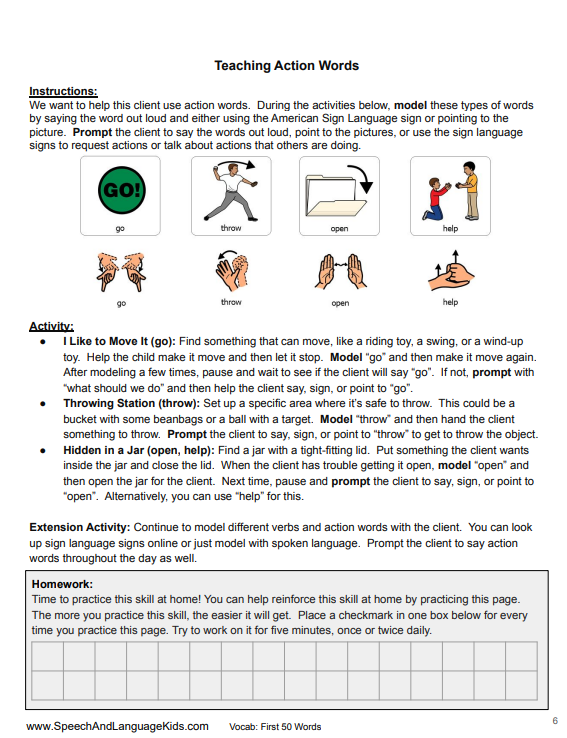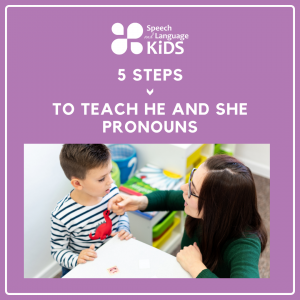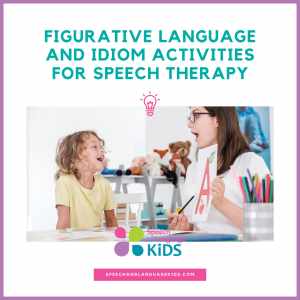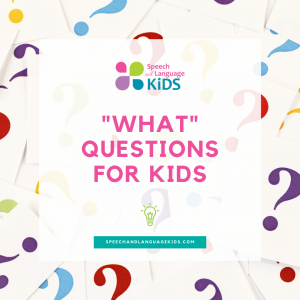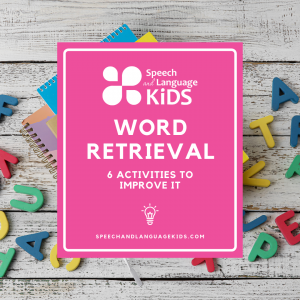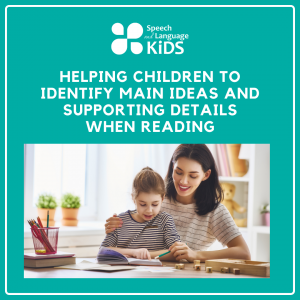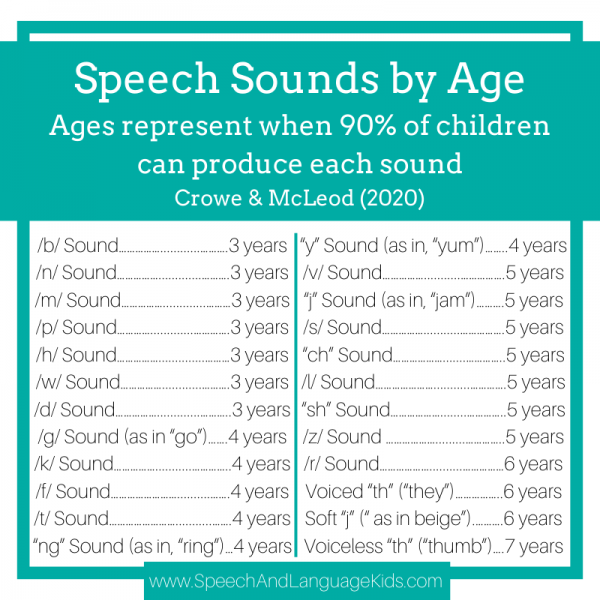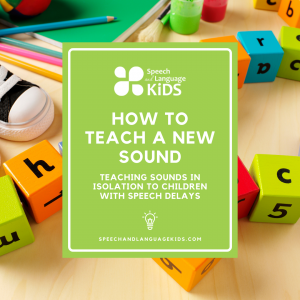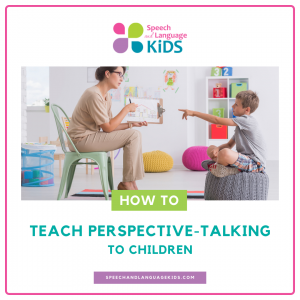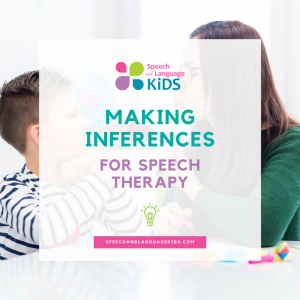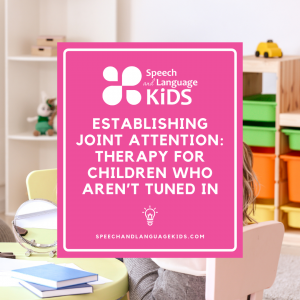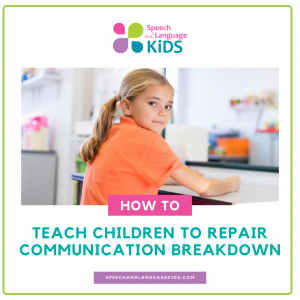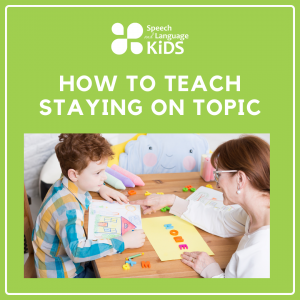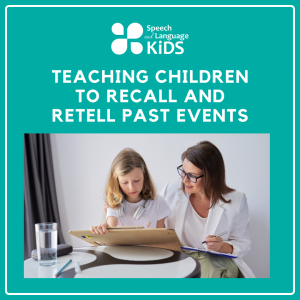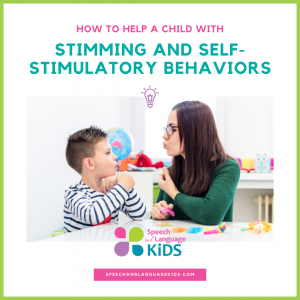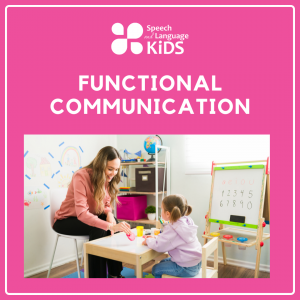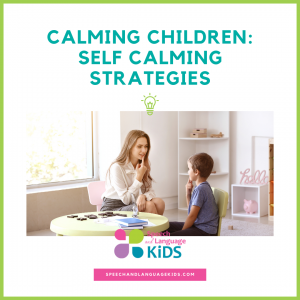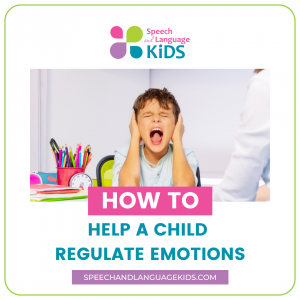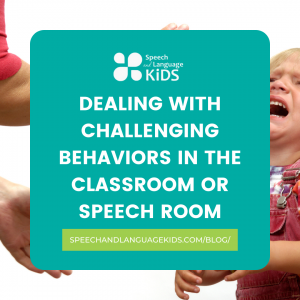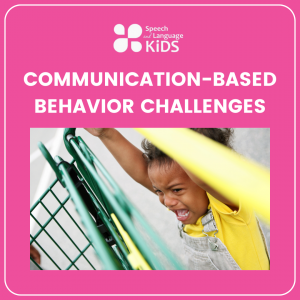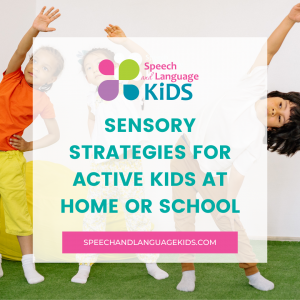Speech/Language Resources for Educators (Teachers, Special Educators, Therapists, Paras, etc.)
Welcome to our speech/language resource page for educators! I don’t know what your experience has been lately but it seems to me like more and more children are falling behind than ever before. Some of those children will qualify for services from a speech-language pathologist but many will not. And whether the child is in speech therapy or not, it often falls on you as educators to help fill the gaps for those students who are behind.
While doing speech therapy is not your job, communication is a part of all that you do as educators. Communication is integrated into almost every skill that we address in school. That’s why you need the tools to help support communication for all children, but especially those who are struggling.
I’m here to help you bridge the gap for struggling learners! I’m Carrie Clark, a speech-language pathologist from Missouri, and I want to give you the tools you need to support children in learning speech, language, and communication skills.
Carrie’s 5-Minute Booster Session Challenge:
I know you don’t have a lot of extra time to be working on speech/language skills with your students. But the fact that you’re here means that you want to try. What if I told you that you can help boost a child’s speech/language skills in just five minutes? Research shows that multiple 5-minute sessions per week can be just as effective as a few longer sessions.
I challenge you to schedule a 5-minute booster session for one of your students this week. It doesn’t have to be you that runs the 5 minutes. You could use a para, aide, or volunteer if you have one. Or you can try it yourself if you have time. Here’s what you need to do:
- Choose one child that you want to help. Think about what that child is struggling with.
- Browse the list below and choose one skill that you think would help this child. Read the info or watch the video to get an idea of how to teach that skill.
- Find a time that you or an assistant could work with the child for 5 minutes on that skill.
- Sit down with the child and set a 5-minute timer.
- Work on the skill just as it was described on this site or in the video. See how far you can get in 5 minutes. Provide prompts and cues to help the child learn the skill.
- When the timer goes off, set it aside and give the child a high five!
Doing a few of these 5-minute booster sessions throughout the week can make a huge difference for a child. Of course, you should consult a speech-language pathologist if you have concerns or questions, but these resources will get you started.
Choose a Skill Below:
Choose one skill to target for your 5-minute sessions. Here are the main areas you may want to consider:
5-Minute Session Ideas for Language Skills:
Focus on One Skill at a Time: There are a ton of different language skills that we can work on with children who are struggling. The key is to choose one specific skill at a time to work on. For example, if the child is struggling to answer questions, focus in on one question type, like answering “where” questions. Our struggling learners often need things broken WAY down so this will help them focus on the skill you’re teaching them.
Use Pictures as Prompts: When trying to teach language skills, I find it helpful to use pictures as a starting point. Pictures with a lot of things going on (such as “what’s silly” pictures from highlights magazine) can be helpful as can pictures of children doing various actions. With pictures like this, you can work on asking and answering questions, using grammatically correct sentences to describe the pictures, and telling stories about what’s going on.
I like to search for pictures like this on Google Image Search and then save them in an album on my iPad so I can access them quickly when I need them. Here are a few examples of types of pictures you can use. (Many of the pages below also have printable materials with pictures specific to the skills you’ll be working on).


Popular Language Resources:
When you sit down for your 5-minute language-boosting session, you will choose one language skill to target. Choose a skill from our popular language posts here. All of our posts break the skills down into step-by-step plans. Start with the first step of the skill and see how far down the list you can get with the child in the 5 minutes. During your next 5-minute session, start at that step again or back up one step if you need to. Keep going until the child has mastered the skill.
5-Minute Session Ideas for Speech Skills:
When we talk about speech skills, we’re specifically talking about the pronunciation of sounds. The best person to help a child learn to say speech sounds correctly will be a speech-language pathologist (SLP) or professional. Many of the sounds are very difficult to teach so don’t hesitate to lean on your SLP for help. However, if you don’t have access to an SLP or if you want to try a few things first to see if you can help, here’s what to do.
Sit down with the child and choose one specific speech sound that he’s having trouble with. Use the table below to make sure that it is a speech sound that is expected for that child’s age. If the age on this chart is higher than the child’s age, don’t worry about teaching it yet. That’s considered a developmentally-appropriate error.
Teach the Sound in Isolation:
Start by having the child say the sound in isolation, that means all by itself, instead of in a word or sentence. For example, if you want to teach the “p” sound, you would just have the child say “p” (not “pop” or “up”). On the following page, you’ll find tips for how to help a child say a sound in isolation:
Use the Sound in Harder Contexts:
If the child can say the sound by itself, you can move up to having the child say the sound in longer utterances. Don’t move up to the next level of this hierarchy until the child can do the one before it. If you’re having trouble, remember to seek help from a speech-language pathologist who can work with the child directly to see what’s going on.
- Sound in Isolation: “p”
- Sound in Nonsense Syllables: “puh”, “pah”, “pih”, “poh”
- Sound in Words: Start with shorter words and then gradually get to harder ones – “pie”, “up”, “apple”, “penny”, “popcorn”
- Sound in Phrases: Put a carrier phrase like “my” or “I see” in front of a word that contains the target sound – “I see pie”, “my penny”
- Sound in Sentences: Use the sound correctly in sentences when describing pictures
- Sound in Conversation: Use the sound correctly when answering questions like “tell me what you did at recess”.
5-Minute Session Ideas for Behavior Challenges:
Have you heard the expression that behavior is communication? It’s true! And it’s even more true when a child is struggling to communicate effectively with those around them. We can help children learn to better communicate and express themselves in order to reduce behavior challenges. Check out some of our best behavior resources here.

About the Author: Carrie Clark, MA CCC-SLP
Hi, I’m Carrie! I’m a speech-language pathologist from Columbia, Missouri, USA. I’ve worked with children and teenagers of all ages in schools, preschools, and even my own private practice. I love digging through the research on speech and language topics and breaking it down into step-by-step plans for my followers.
Fun Fact: One of my favorite teachers growing up was a junior high math teacher. She would open her doors before school for any students that needed help. I would go in early and have her help me with the homework. Then, as my friends would arrive at school, they would come in and I would show them what I had just learned from the teacher. So I was learning and then immediately teaching the same skill. That was the only year I did well in math!
Connect with Me:

